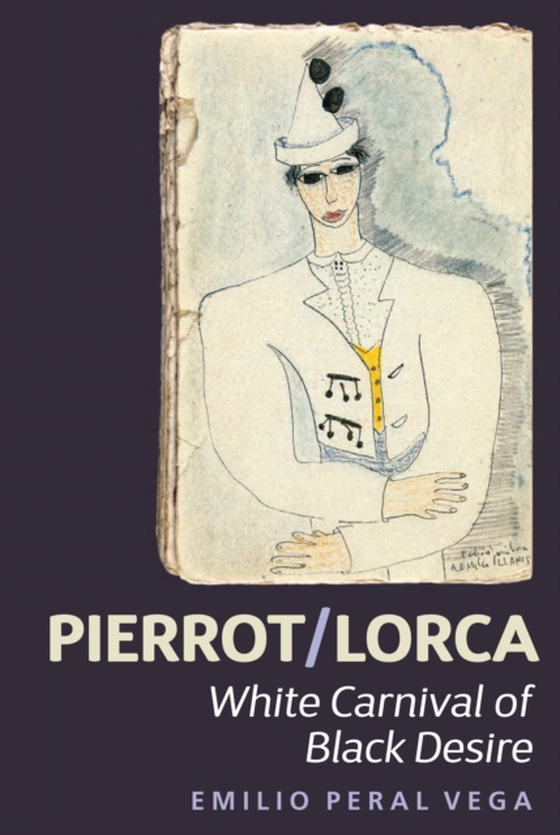
Pierrot/Lorca e-bog
253,01 DKK
(inkl. moms 316,26 DKK)
Peral Vega explores the importance of Pierrot as a symbol of failure in matters of love in García Lorca's imagery and his literary and personal life.Academic research has paid little attention to the importance of the figure of Pierrot in García Lorca's imagery and, above all, in his literary and personal life. An image of marginality and failure, Pierrot was soon taken over by Spanish intellec...
E-bog
253,01 DKK
Forlag
Tamesis Books
Udgivet
15 oktober 2015
Længde
181 sider
Genrer
1DSE
Sprog
Spanish; Castilian
Format
pdf
Beskyttelse
LCP
ISBN
9781782045427
Peral Vega explores the importance of Pierrot as a symbol of failure in matters of love in García Lorca's imagery and his literary and personal life.
Academic research has paid little attention to the importance of the figure of Pierrot in García Lorca's imagery and, above all, in his literary and personal life. An image of marginality and failure, Pierrot was soon taken over by Spanish intellectuals of the early twentieth century as a representation of the bohemian spirit and, corresponding to his marginal status in matters of love, as a symbol of furtive desires experienced by those whose sexuality had to remain silent. Consequently, García Lorca, as Pierrot, needs a mask to cover his identity, facing perpetual failure in his relentless pursuit of the other. As can be seen already from the poems, prose and plays of his youth,García Lorca outlines in Pierrot his innermost self, a trend that will continue in the aforementioned series of drawings and some of his major pieces, such as El público. Pierrot / Lorca: White Carnival of Black Desire aims, from a multidisciplinary perspective, to open new critical readings of both García Lorca's work and some episodes of his life; as with, for example, his relationship with Salvador Dalí, which can be presented in theatrical terms: Harlequin (Dalí) / Pierrot (García Lorca).
Emilio Peral Vega is Associate Professor of Spanish Literature at the Universidad Complutense de Madrid.
Academic research has paid little attention to the importance of the figure of Pierrot in García Lorca's imagery and, above all, in his literary and personal life. An image of marginality and failure, Pierrot was soon taken over by Spanish intellectuals of the early twentieth century as a representation of the bohemian spirit and, corresponding to his marginal status in matters of love, as a symbol of furtive desires experienced by those whose sexuality had to remain silent. Consequently, García Lorca, as Pierrot, needs a mask to cover his identity, facing perpetual failure in his relentless pursuit of the other. As can be seen already from the poems, prose and plays of his youth,García Lorca outlines in Pierrot his innermost self, a trend that will continue in the aforementioned series of drawings and some of his major pieces, such as El público. Pierrot / Lorca: White Carnival of Black Desire aims, from a multidisciplinary perspective, to open new critical readings of both García Lorca's work and some episodes of his life; as with, for example, his relationship with Salvador Dalí, which can be presented in theatrical terms: Harlequin (Dalí) / Pierrot (García Lorca).
Emilio Peral Vega is Associate Professor of Spanish Literature at the Universidad Complutense de Madrid.
 Dansk
Dansk

